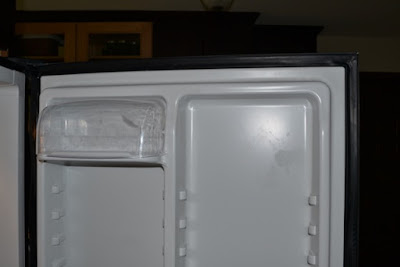The idea is to choose a day in which the winds aren't too high and they also are blowing in the desired direction. Then, God laughs because you think you are controlling the fire and changes the direction of the wind, whipping it up just a little for emphasis.
From the house, I noticed that the fire was suddenly bigger and faster.
I thought, "Wow, that's burning pretty fast and high and oddly close to the enormous propane tank and wood shed. And, why are the donkeys and goats running across their paddock?"
My phone rings and it's Tom saying, "I need your help!"
Um. Not a fireman here.
This is when the pictures stop and I grab my boots, throw my long flammable hair in a pony tail and run out to the field.
Apparently, the wind had kicked up and changed direction. Tom and fireman neighbor managed to keep it from burning down the fences and the paddock where the donkeys were, but the garden pasture burned. It needed to be burned anyway, but we didn't want our large piles of wood mulch to burn up. Fireman stopped that just in time.
There was a lot of running and dragging water hoses and a little bit of panic, but the guys finally got it back under control.
Whew. I thought we were going to burn down the county.
I bet you didn't know this, but water hoses that get holes or cuts in them can be repaired by being spliced together. I bet, for most people, when their hose gets a hole in it, they just buy a new one. Well, most of our hoses have multiple splices in them. Sometimes those splices pop open or leak or get stopped up causing low water pressure at inopportune times. I've authorized the purchase of lots of nice new water hoses before the next burn.

























